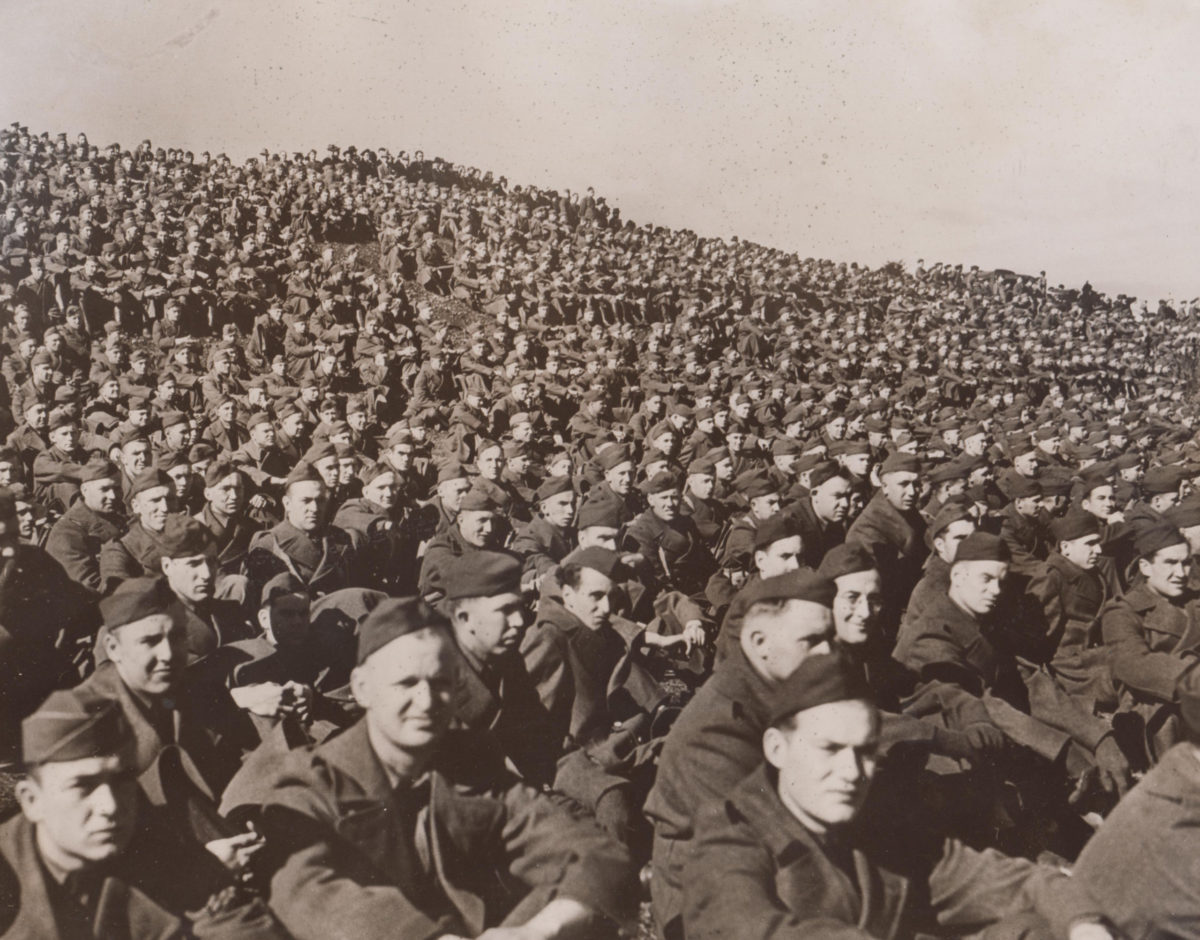During WW2, did the soldiers have their name pulled out of something, as no one wanted to voluntarily go to war, or did they do something else? And what did Australian soldiers do when they went to WW2?
C.O.
Dear C.O.,
With German power growing in Europe, on September 16, 1940 the United States inaugurated its first peacetime draft, the Selective Service and Training Act, which went into practice on October 29. With every male from ages 18 to 65 registered and divided by district, the number of the district was placed in a capsule, the capsules collected in a fishbowl and stirred, and capsules selected. The registered individuals in each district were then checked by their local draft board for eligibility (the choicest being “I-A”), with allowances made for physical disabilities (IV-F), education, work in important war industries (II-A), men who were the primary support for children not their own and certain other dependents (III-A) or conscientious objectors (who were usually redirected to noncombatant roles, such as medics). Most selectees dutifully entered service, but many swore that they would not go beyond their first year, writing OHIO (“Over the Hill In October”) on the barracks walls. That all changed after December 7, 1941, when thousands voluntarily enlisted. In 1942 my father, an ardent anti-fascist from before the war, had a job judged to be important for the war effort (II-A) and had an eye and ear defect (IV-F), but he lied his way around both to join the Navy and served with distinction until July 1945.
In 1939 Australia called on every unmarried man aged 21 to undergo three months’ training for territorial defense and in 1942 all men aged 18-35 and unmarried men 35-45 were eligible for conscription in the Citizens Military Forces. Australia had an ample number of troops in the Australian Imperial Force, which had already made a name for itself in North Africa and the Middle East by December 7, 1941, when the war suddenly came closer to home. The AIF men initially dismissed the CMF as “chocolate soldiers” or “Chockos” who were likely to melt under fire, but they sang a different tune when those same home defense conscripts fought the Japanese along the Kokoda Trail in New Guinea, wearing them down to a standstill just short of their goal of Port Moresby. As the war went on, however, Australia found itself short of the money and resources to sustain its armed forces and actually had to reduce them, placing a lot of demobilized troops to work in its war industries to keep their comrades in arms equipped.





